NASA cautions planetary science funding falls short of decadal projections
Original Publication Date: 2022-08-21 22:52

NASA warns that projected funding for near term will fall short of report’s projections. NASA’s planetary science division held a town hall online Aug. 18 to discuss its initial 90-day response to the planetary science decadal survey. Report recommended NASA continue development of Mars Sample Return as a flagship mission.
SpaceVPX (VITA 78) and the World of Interconnect
Original Publication Date: 2022-08-22 01:00
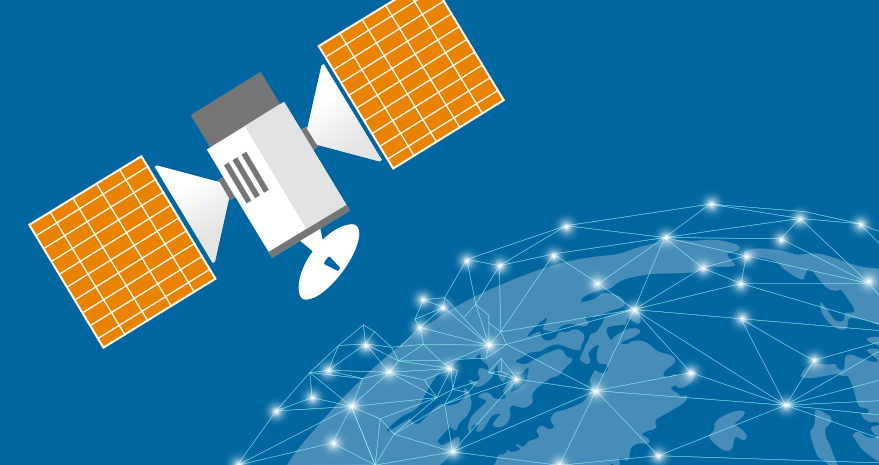
SpaceVPX is a standard for creating plug-in cards (PICs) from its slot profile and module (protocol) profiles. SpaceVPX is built upon several standards, some of which are part of the American National Standards Institute (ANSI)/VITA and European Cooperation for Space Standardization (ECSS) OpenVPX family.
Regulating space power plants - SpaceNews
Original Publication Date: 2022-08-23 13:00
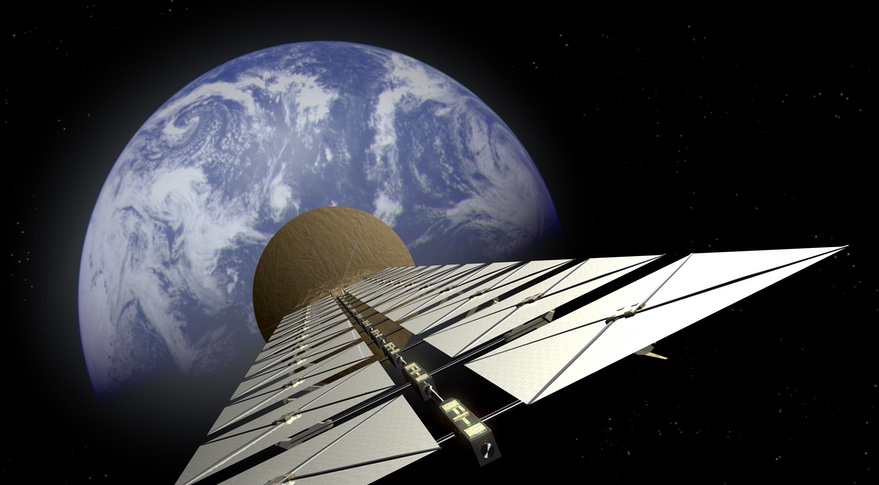
Space-based solar power (SBSP) principles have been around for decades. But the economics for power plants that would need to span thousands of kilometers in orbit have not added up. That could now be changing with the advent of renewable rockets and advancing in-orbit assembly capabilities.
Artemis 1 passes flight readiness review
Original Publication Date: 2022-08-23 10:53
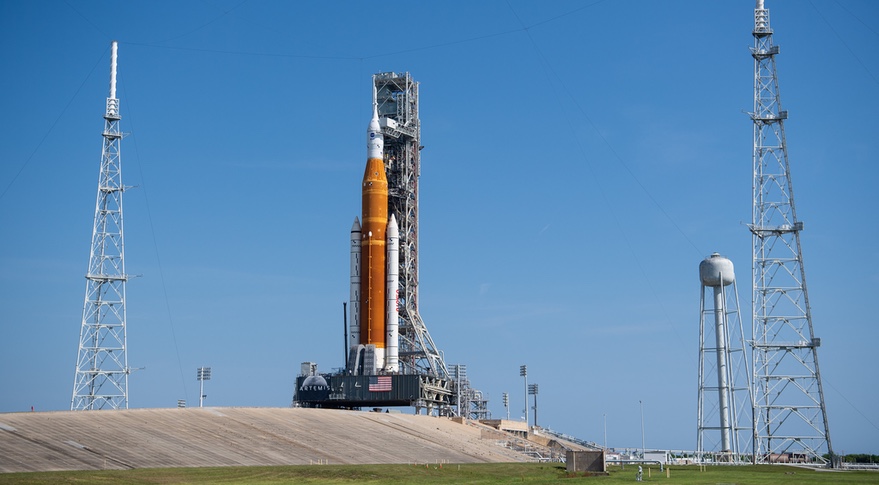
A flight readiness review confirms plans for a launch of the Artemis 1 mission. A launch on Aug. 29 would start what is scheduled to be a 42-day mission for the Orion spacecraft. The six-week mission is a stress test of sorts of the spacecraft. The SLS’s upper stage will place the spacecraft on a trajectory to the moon.
Schiess takes over U.S. Space Command’s coalition forces component
Original Publication Date: 2022-08-22 18:33

Maj. Gen. Douglas Schiess assumed command of U.S. Space Command’s Combined Force Space Component Command. The CFSCC oversees U.S. And allied space operations, and coordinates space traffic management. It also ensures space capabilities are available to U.S. Commanders and allied nations.
SpaceX adds Falcon 9 back to second-gen Starlink launch plan
Original Publication Date: 2022-08-22 18:15
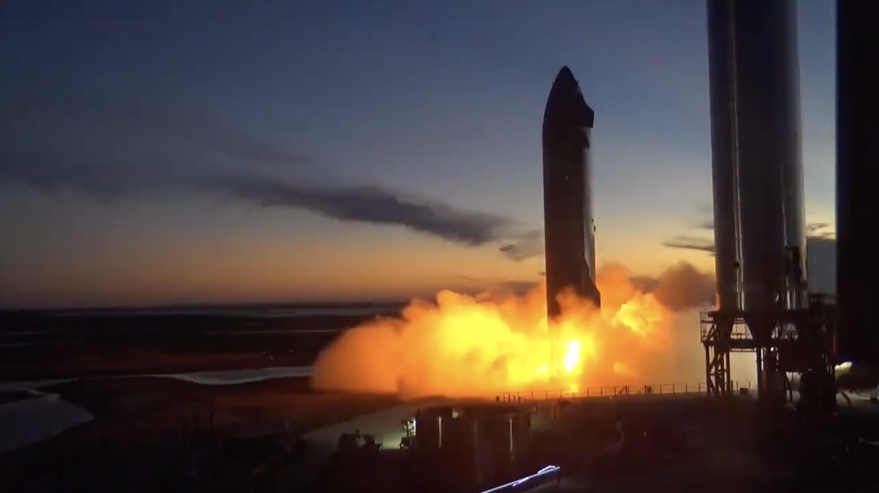
SpaceX will use a mix of Falcon 9 and Starship rockets to launch 30,000 satellites. Some of the satellites will be launched with SpaceX’s “tested and dependable Falcon 9” SpaceX did not say when SpaceX could start launching the second-generation constellation.
Live coverage: NASA managers clear Artemis 1 mission for flight – Spaceflight Now
Original Publication Date: 2022-08-22 00:00
Live coverage of preparations for the maiden flight of the Space Launch System on NASA’s Artemis 1 mission. Text updates will appear automatically below; there is no need to reload the page. Follow us on Twitter. Follow us on Facebook. Follow us on YouTube. Back to the page you came from.
NASASpaceFlight.com
The SSLV or Small Satellite Launch Vehicle conducted its launch debut from Sriharikota, India on Sunday, August 7. An issue with the fourth stage resulted in the satellites being deployed in an unusable orbit. The SSLV program’s genesis was a December 2015 National Institute of Advanced Studies proposal to create a “Small Satellite Launch Vehicle-1”
Commercial Archives
SpaceX has launched another batch of Starlink satellites into Low-Earth Orbit (LEO) onboard a Falcon 9 rocket. Liftoff occurred on Friday, August 19 at 3:21:20 PM EDT (19:21:20 UTC) from Space Launch Complex 40 (SLC-40), at the Cape Canaveral Space Force Station in Florida.
International Archives
The third major data release from the European Space Agency’s (ESA) Gaia mission revealed details about the past and future of our solar system’s star, the Sun. Gaia is a star mapping mission and collects massive amounts of data on the intrinsic properties of the billions of stars present in our galaxy.
Chinese Long March 3B Launches APStar-6C Communications Satellite – Spaceflight101

China launches rare commercial launch of Long March 3B rocket with APStar-6C communications satellite. Long March 3B lifted off from the Xichang Satellite Launch Center at 16:06 UTC on a mission of under half an hour to lift the spacecraft into an elliptical Geostationary Transfer Orbit. Confirmation of launch success was provided by APT Satellite around 40 minutes after liftoff.
Blue Origin’s New Shepard Reaches new Heights in latest Test Flight – Spaceflight101

Blue Origin launched their reusable New Shepard launch system on Sunday. The mission was designed to expand the vehicle’s operational envelope by sending it to a peak altitude of 107 Kilometers. Sunday’s flight marked the second for this particular set of hardware, following up on the successful December 2017 mission.
ISS Updates – Spaceflight101 – International Space Station

A veteran NASA spacewalker and an EVA rookie from Japan ended their week with nearly six hours of work outside the International Space Station. The restoration of the Station’s Mobile Servicing System started last year and continued in January to provide Canadarm2 with a new pair of grappling hands.
Featured – Spaceflight101

SpaceX Falcon 9 takes to the skies over Florida’s Cape Canaveral Monday afternoon. First of at least six cargo ships inbound to the U.S. Segment of ISS this year. Dragon spacecraft will deliver science gear, supplies and maintenance hardware to the orbiting laboratory.
News – Spaceflight101

Russia's Rockot booster set to blast off from the Plesetsk Cosmodrome at 17:57 UTC with the Sentinel-3B multi-function satellite. Read more about the Russian Rockot booster and its role in Europe's Copernicus satellite fleet. Click here to follow the launch live.
Re-Entry: Long March 11 Rocket Body – Spaceflight101

The CZ-11 fourth stage used leftover propellant for a partial de-orbit maneuver, lowering its perigee to 120 Kilometers to significantly accelerate its orbital decay. It is reportedly built around a YF-50 main engine and conducts the orbital circularization after the three CZ-11 stages finish their job.
45 Years Ago: Voyager 2 Begins Its Epic Journey to the Outer Planets and Beyond

Voyager 2 carried out the first close-up observations of Uranus between Nov. 4, 1985, and Feb. 25, 1986. It returned more than 7,000 photographs of the planet, its rings and moons, discovering two new rings and 11 new moons. Voyager 2 took advantage of Uranus’ gravity to send it on to its last planetary destination, Neptune.
Voyager, NASA’s Longest-Lived Mission, Logs 45 Years in Space
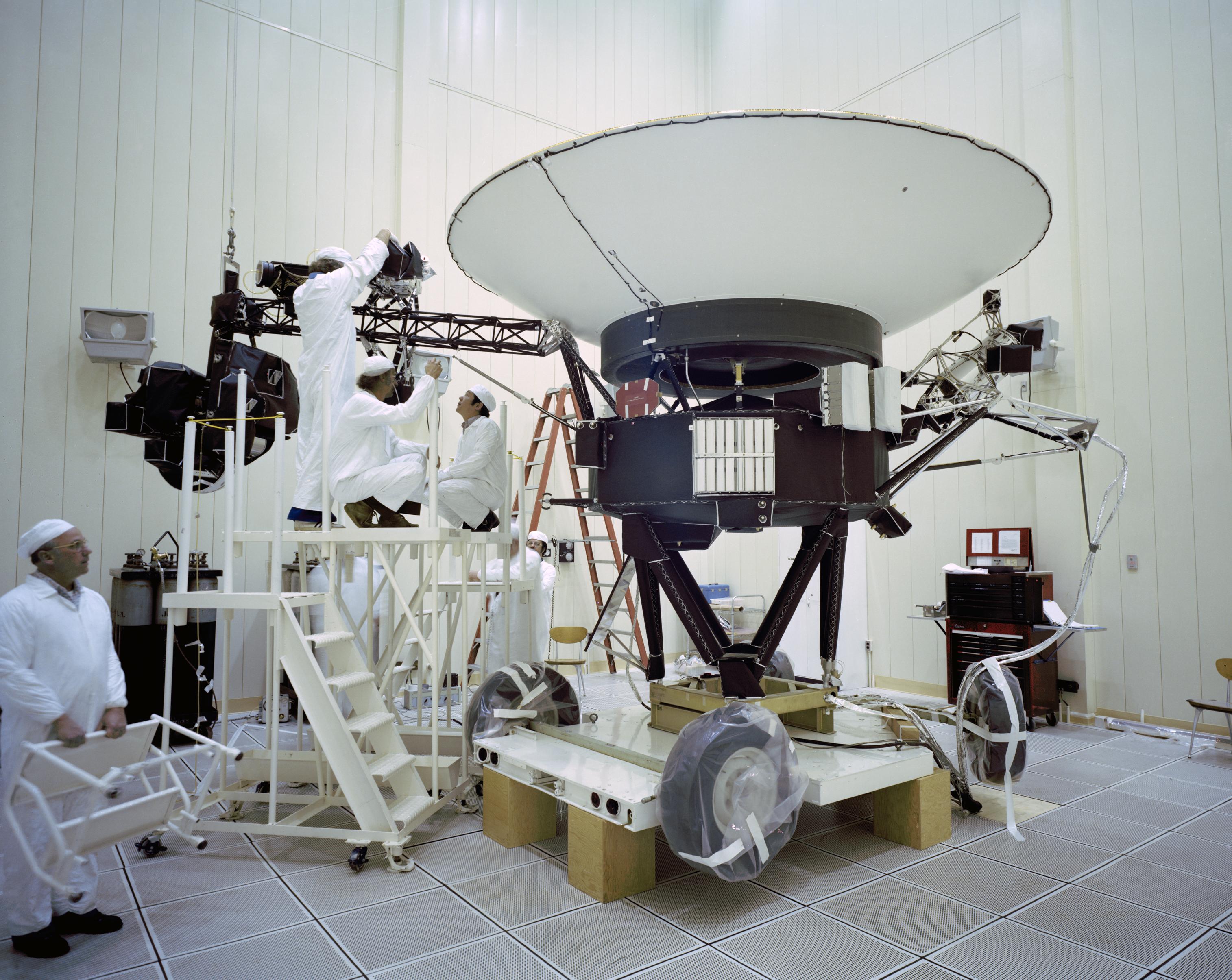
The twin Voyager probes are the only probes to ever explore interstellar space. Researchers are combining Voyager’s observations with data from newer missions to get a more complete picture of our Sun and how the heliosphere interacts with interstellar space. The Voyager probes have about 3 million times less memory than modern cellphones.
Test Chamber for NASA’s New Cosmic Mapmaker Makes Dramatic Entrance

The SPHEREx telescope will detect infrared light, which human eyes can’t detect. The custom test chamber was built by the Korean Astronomy and Space Science Institute. It will be used to test SPHEREx’s detectors (essentially its cameras) and optics.
NASA’s Europa Clipper Spacecraft Kicks Assembly Into High Gear
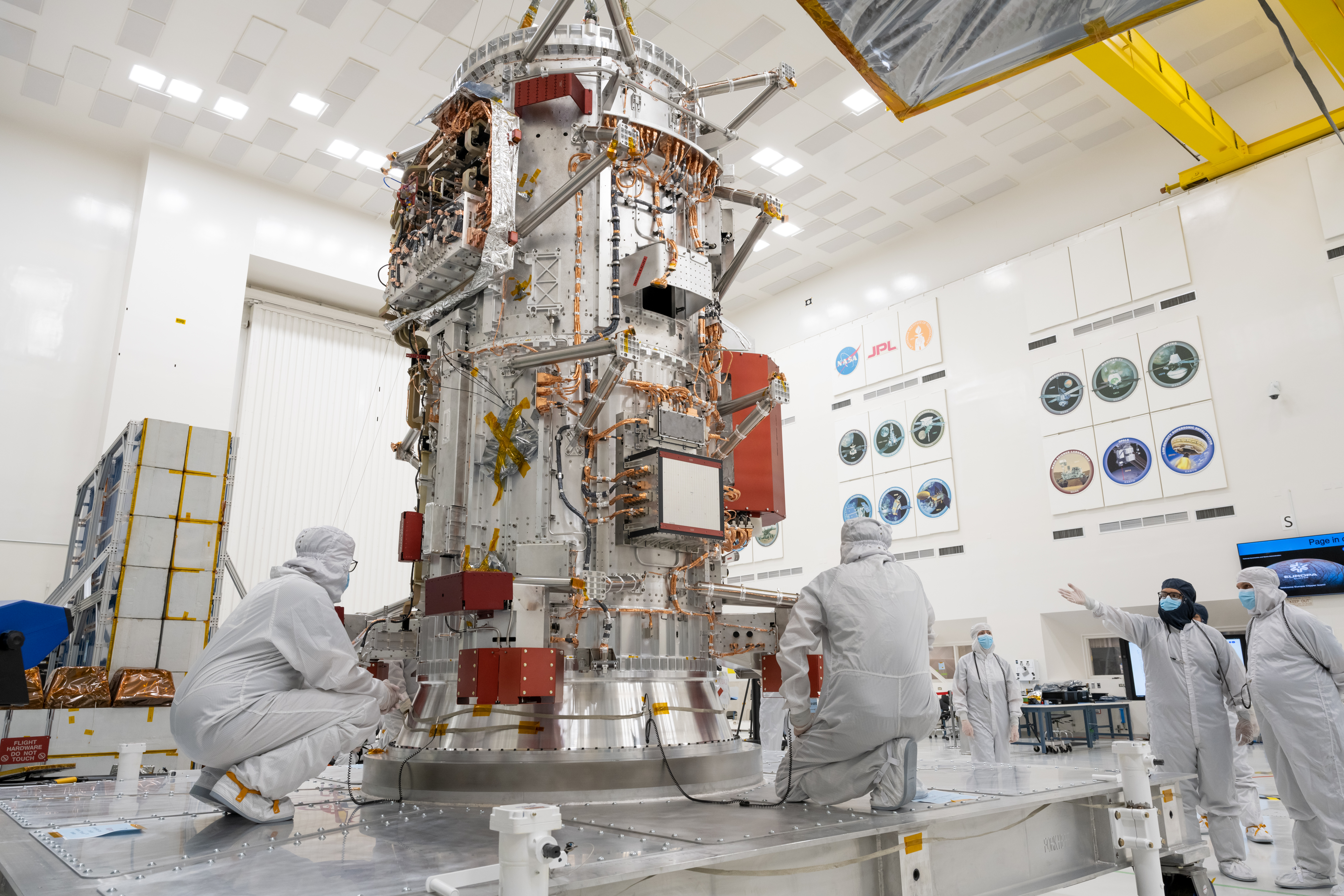
Europa Clipper is not a life-detection mission. It will conduct a detailed exploration of Europa and investigate whether the icy moon, with its subsurface ocean, has the capability to support life. Understanding Europa’s habitability will help scientists better understand how life developed on Earth.
NASA Awards Next-Generation Spaceflight Computing Processor Contract

Microchip will develop the next-generation space-qualified compute processor platform. Current space-qualified computing technology is designed to address the most computationally intensive part of a mission. The processor architecture offers the flexibility for the processing power to ebb and flow depending on current operational requirements.
NASA Studies Find Previously Unknown Loss of Antarctic Ice

Two studies published Aug. 10 reveal unexpected new data about how the Antarctic Ice Sheet has been losing mass in recent decades. One study maps how iceberg calving has changed the Antarctic coastline over the last 25 years. The other study shows how the thinning of Antarctic ice as ocean water melts it has spread from the continent’s outward edges into its interior.
NASA to Stream Artemis I Rollout, Briefings on Science, Tech Payloads

Artemis I’s Space Launch System (SLS) rocket and several other investigations are flying inside the Orion spacecraft during the flight test. The agency is targeting Thursday, Aug. 18 to roll the Space Launch System and Orion spacecraft to NASA Kennedy Space Center’s Launch Pad 39B in Florida. Audio of all three briefings will livestream on NASA’s website.
